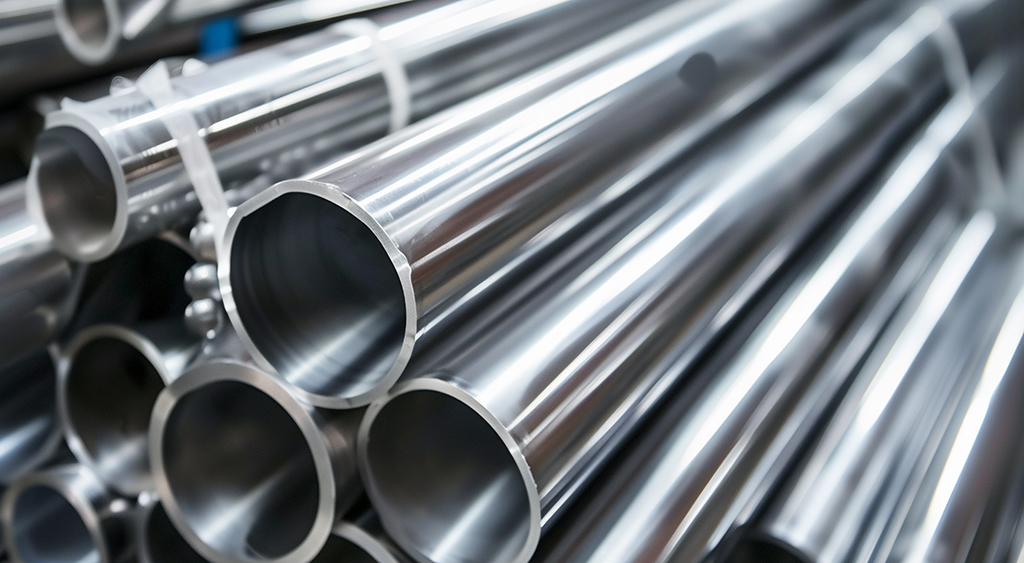The History of Aluminum: A Journey from Past to Present

Although aluminum is widely used today, its discovery and commercial production are quite recent. Here’s the historical journey of aluminum:
Ancient Times: Aluminum compounds have been known since ancient times. Ancient Egyptians and Babylonians used aluminum salts in paints and medicinal preparations.
18th Century: In 1761, French chemist Antoine Lavoisier suggested that alumina (aluminum oxide) was a metal oxide, but couldn’t isolate the metal.
Early 19th Century: In 1808, English chemist Sir Humphry Davy proved the existence of aluminum and named it “alumium.” This name was later changed to “aluminum.”
1824: Danish chemist Hans Christian Ørsted first succeeded in isolating pure aluminum, but in very small quantities.
1827: German chemist Friedrich Wöhler managed to produce aluminum powder. This allowed for wider examination of the metal.
1854: French chemist Henri Étienne Sainte-Claire Deville developed a method for commercial production of aluminum. However, this method was still very expensive, and aluminum was considered more valuable than gold.
1886: American Charles Martin Hall and Frenchman Paul Héroult independently discovered the electrolysis method for aluminum production. This discovery laid the foundation for the modern aluminum industry.
1888: Austrian Karl Josef Bayer developed the Bayer process for producing alumina from bauxite ore. This made aluminum production even more efficient.
Early 20th Century: Commercial production of aluminum increased rapidly. The first aluminum foil was produced in 1910, and the first aluminum beverage can in 1959.
World Wars I and II: War periods increased the strategic importance of aluminum. It began to be widely used in aircraft construction.
1950s and Beyond: Aluminum found widespread use in construction, automotive, and packaging industries. With the beginning of the space age, it became a critical material in spacecraft construction.
1960s: Aluminum beverage cans became widespread, and recycling programs began.
1970s and 1980s: The energy crisis led to increased use of aluminum in the automotive sector due to its lightness.
1990s and 2000s: As the concept of sustainability gained importance, the recyclability of aluminum came to the forefront. New alloys and production techniques were developed.
Today: Aluminum has become an indispensable part of modern life. Innovative companies like ERA Group Aluminum are constantly conducting R&D to expand the potential of aluminum.
Future: The uses of aluminum continue to expand with nanotechnology, 3D printing, and new alloys. Sustainable production and recycling technologies focus on reducing the environmental impact of aluminum.
The history of aluminum is a testament to human intelligence and innovation. Once more expensive than precious metals, aluminum has become a common material used in every aspect of our daily lives. This journey is an impressive example of technological advancement and industrial development.
Companies like ERA Group Aluminum continue to shape the future of aluminum by carrying on this rich historical legacy. The story of aluminum is a journey of innovation and development extending from the past to the future.